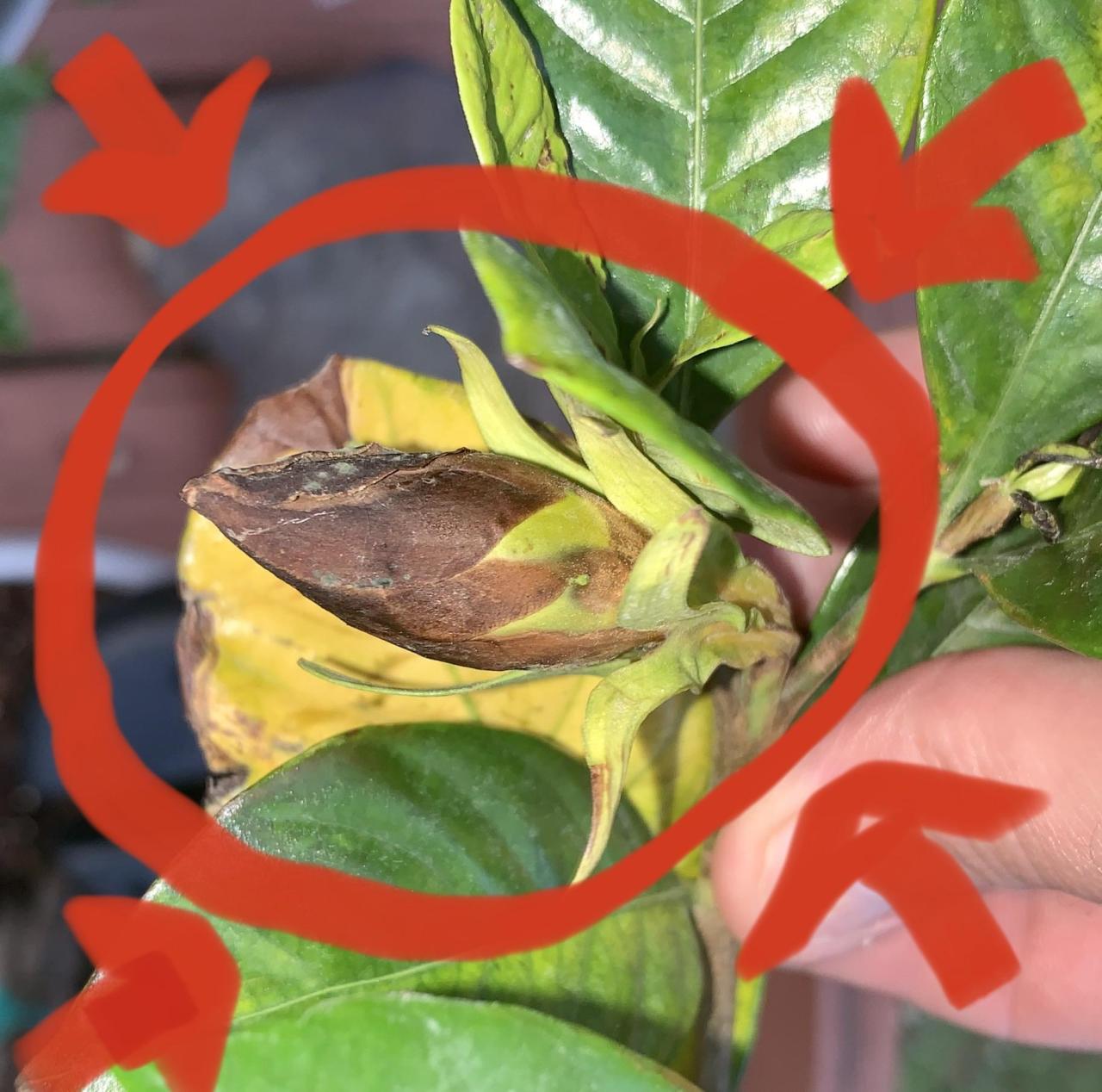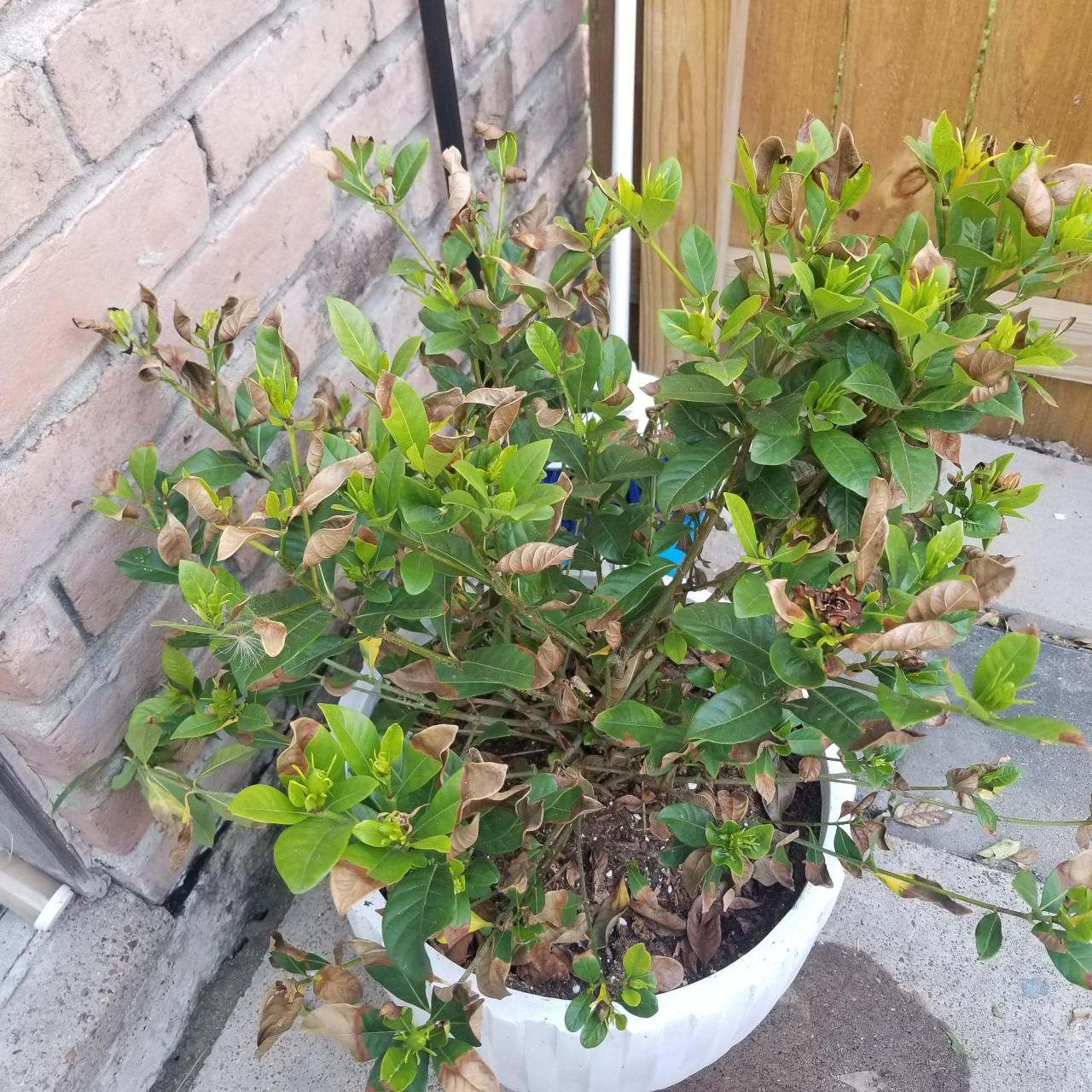Many plant enthusiasts find themselves drawn to the exquisite beauty and fragrant blooms of gardenia plants. However, you may be left wondering, Why is my gardenia plant dying? This is a common concern among gardeners, whether they are new to the hobby or seasoned veterans. In this post, we will delve into the numerous factors that could cause your gardenia to wilt and provide you with essential tips for reviving your plant. Let’s explore the potential causes and remedies so you can restore your gardenia to its former glory! 🌼
Common Reasons Why Gardenia Plants Die

Understanding the common issues that affect gardenias will help you identify the signs of distress early on. Below are some of the most prevalent reasons why your gardenia plant might be dying:
1. Improper Watering
One of the most critical factors in maintaining a healthy gardenia is proper watering. Both overwatering and underwatering can lead to significant problems.
- Overwatering: Too much moisture can suffocate the roots, leading to root rot. Signs include yellowing leaves and a mushy root system.
- Underwatering: Conversely, insufficient water leads to wilting and dry leaves. This issue is often evident during hot summer months.
A consistent watering schedule is crucial for gardenia health. Always check the soil moisture before watering.
2. Poor Soil Conditions

Gardenias thrive in well-drained, acidic soil. The wrong soil type can adversely affect their growth. Here’s what you should know:
- Use a soil pH level of 5.0 to 6.0 to ensure optimal growth.
- Avoid heavy, clay-like soils that retain too much moisture.
3. Insufficient Light
Gardenias require bright, indirect sunlight to flourish. Too little light can weaken your plant, resulting in yellowing leaves and a lack of blooms. Here’s how to ensure your gardenia gets enough light:
- Place your gardenia near a window with filtered light.
- Rotate the plant regularly to ensure even growth.
4. Pest Infestation
Pests such as aphids, mealybugs, and spider mites can wreak havoc on your gardenia plant. Regular inspections can help catch infestations early. Look for the following signs:
- Sticky residue on leaves (honeydew from aphids).
- Visible insects on the leaves or stems.
- Wilting and yellowing leaves as a result of damage.
5. Fungal Infections
Fungal diseases like powdery mildew and root rot can cause serious health problems in gardenias. To prevent these issues:
- Ensure good air circulation around the plant.
- Avoid watering the leaves to reduce humidity.
Signs Your Gardenia Is Dying
Identifying the signs of a dying gardenia is crucial for timely intervention. Some common symptoms to watch for include:
| Symptom | Possible Cause | Recommended Action |
|---|---|---|
| Yellow Leaves | Overwatering or nutrient deficiency | Check soil moisture; fertilize if needed |
| Wilting | Underwatering or pest damage | Water adequately; inspect for pests |
| Brown Leaf Tips | Low humidity or root rot | Increase humidity; check root health |
| Loss of Blooms | Insufficient light | Move to a brighter location |
Steps to Revive Your Dying Gardenia
If you’ve determined your gardenia is struggling, you can take several steps to revive it. Here’s a guide on how to proceed:
1. Adjust Watering Techniques
Monitor the soil moisture regularly and adjust your watering schedule accordingly. Aim for consistently moist soil without waterlogging. Consider using a moisture meter for better accuracy!
2. Reassess Soil Quality
If you suspect poor soil conditions, consider repotting your gardenia in a well-draining, acidic potting mix. This will provide the nutrients your plant needs to thrive.
3. Increase Light Exposure
Relocate your gardenia to a sunnier spot if it seems to be getting insufficient light. Supplement with grow lights if necessary, especially during winter months when natural light is scarce.
4. Treat Pest Issues Promptly
Should you identify a pest infestation, act quickly! Use insecticidal soap or neem oil to eliminate the pests. Always read the instructions carefully to avoid harming your plant. 🌱
5. Implement Proper Fertilization, Why Is My Gardenia Plant Dying
Feed your gardenia with a balanced fertilizer during the growing season. Look for fertilizers with a higher phosphorus content to encourage blooming.
Preventative Measures for Healthy Gardenias: Why Is My Gardenia Plant Dying
Preventing problems is always easier than fixing them. Here are some measures you can take to keep your gardenia healthy:
- Regularly inspect for pests and diseases.
- Maintain an appropriate watering schedule.
- Ensure adequate light and humidity levels.
Healthy plants are less likely to succumb to stress and disease. Establish a routine for checking your gardenias regularly.
Final Thoughts
Understanding the specific needs of gardenia plants is vital for their successful cultivation. If your gardenia is dying, don’t lose hope; with a little care and attention, it can often be revived. Monitor watering practices, soil conditions, light exposure, and pest activity closely, and soon you’ll enjoy the beautiful blooms and delightful fragrance that these plants offer. Happy gardening! 🌺
